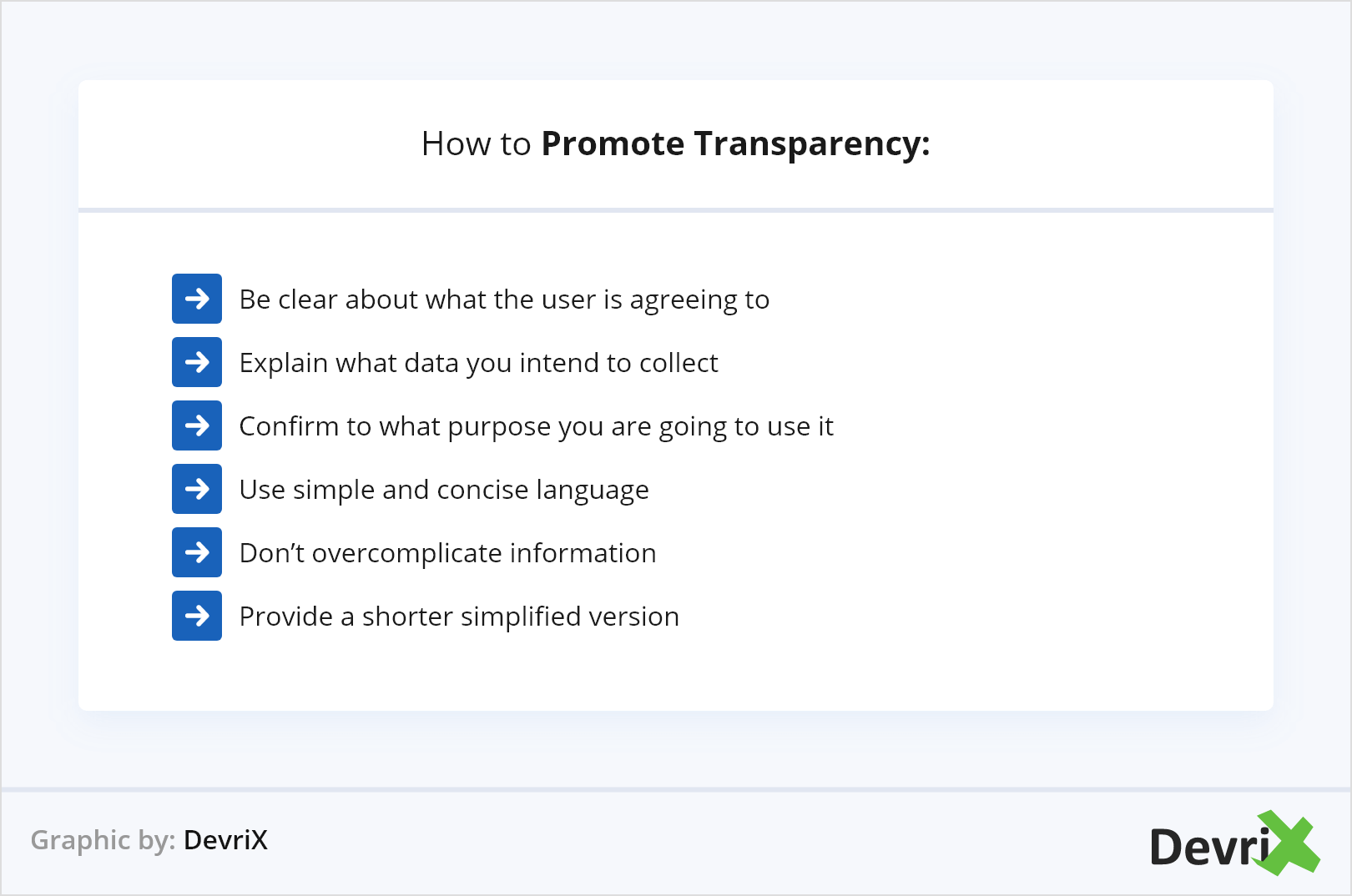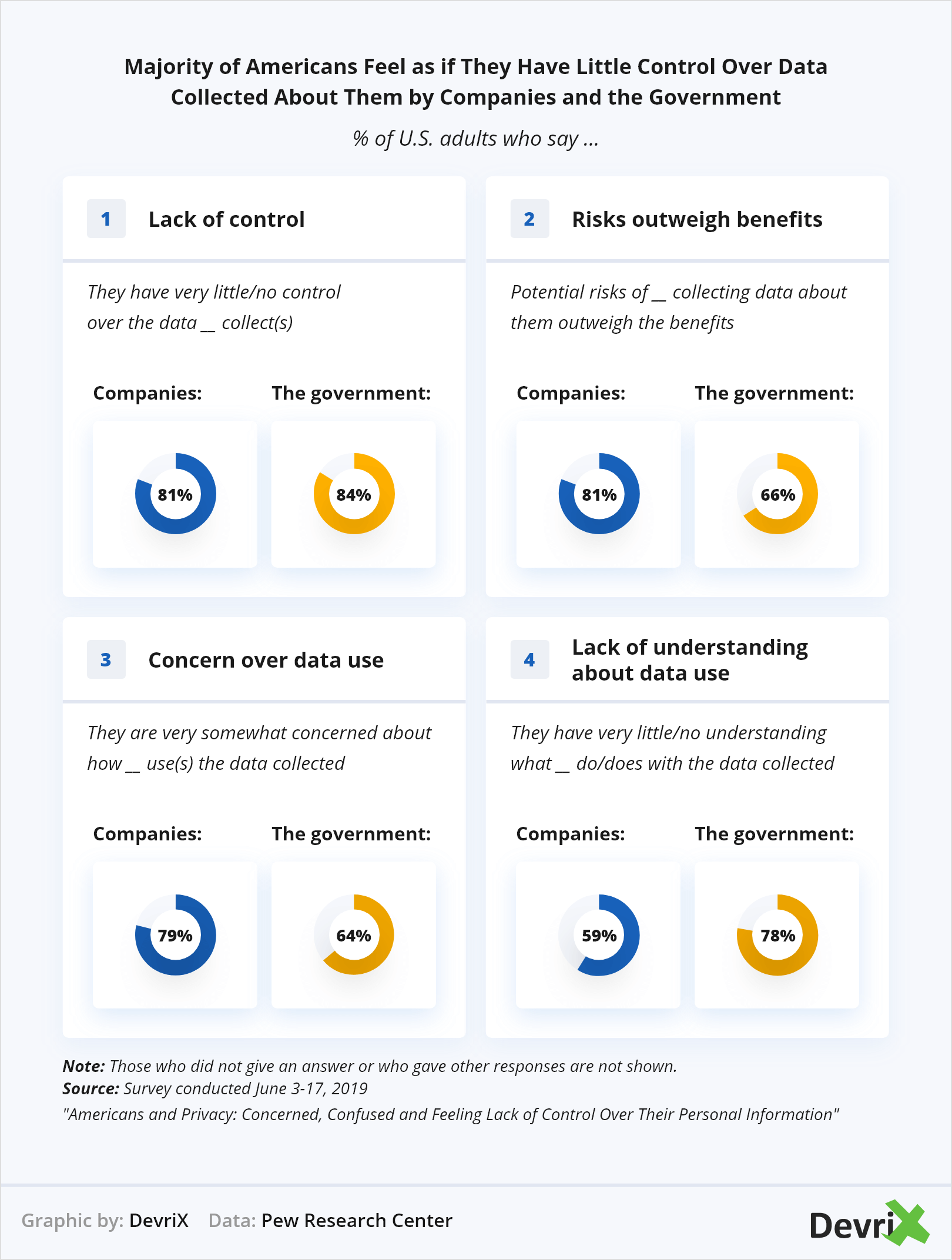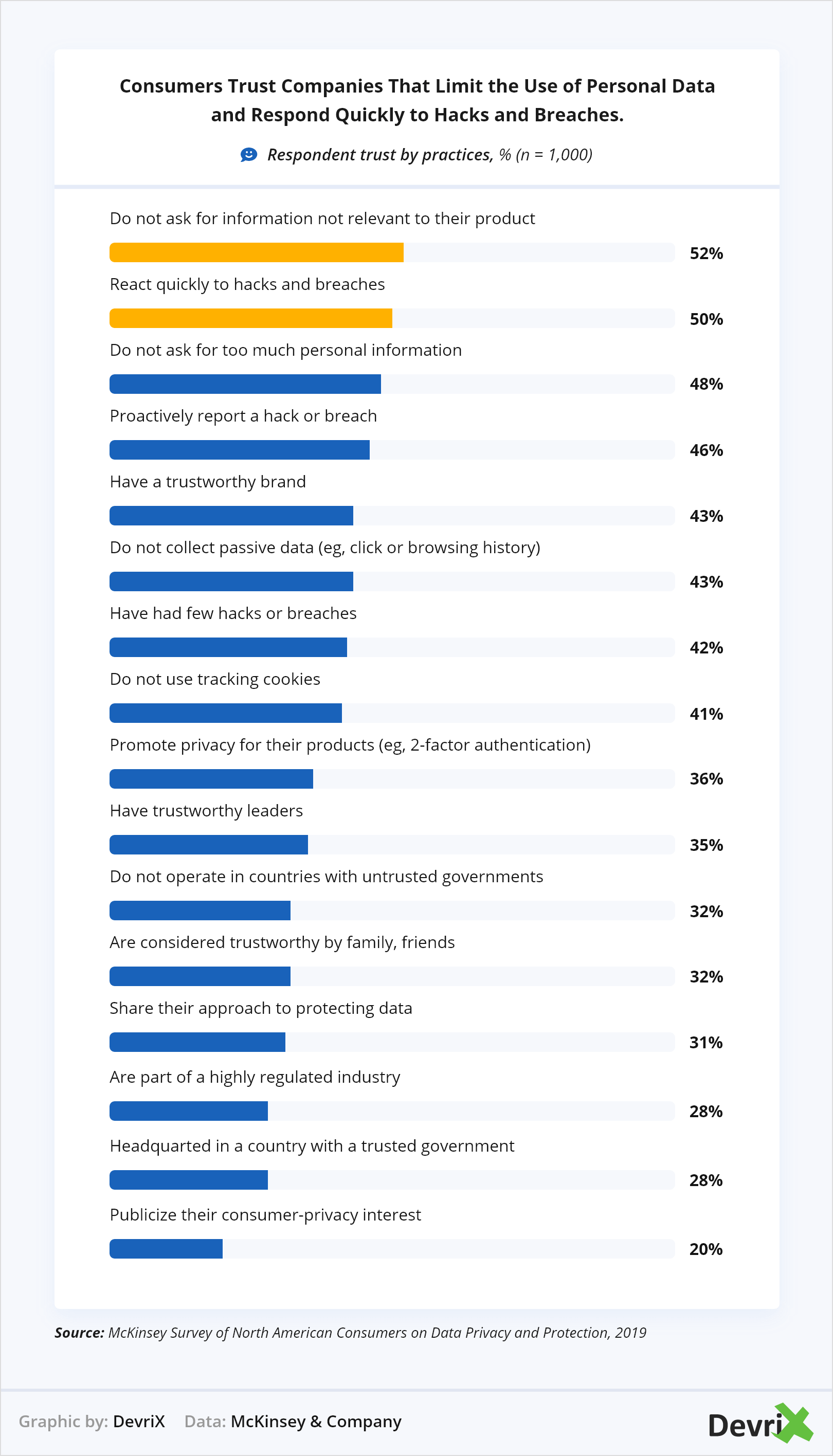Although we live in digital times, not all people understand online security yet. With the massive adoption of the internet, digital solutions have become part of our everyday life. However, while people have enjoyed the internet for over two decades now, they have only recently started to pay attention to the possible risks. This has created a situation where both companies and customers have to make a choice between personalization and privacy.
The Digital Era Paradox
People want personalization and prefer brands that can provide it, but at the same time, they are apprehensive about sharing their personal data.
So how does one answer the customers’ needs and provide a tailor-made experience, without collecting any personal data?
With the wave of data breaches and information leaks, online users are becoming more and more skeptical about sharing any personal details with companies. At the same time, every digital service they encounter requests information such as a credit card number, location, and address, and even the name of their childhood pet and their favorite high school teacher.
Furthermore, every step we take online is on record and the average internet user has absolutely no idea how this information is being collected, or why companies gather it. In fact, most people are not aware of where companies store such data, who they share it with, or how they intend to use it.
This situation creates a stalemate commonly known as the Personalization and Privacy Paradox.
And the million-dollar question burning everyone’s mind is – is there a solution?
How to Balance Personalization and Privacy
The good news is that it’s not impossible to balance personalization and privacy. However, it may involve not only effort but a substantial investment from companies, which is, no doubt, worth it in the long run.
In a nutshell, businesses should pivot the way they manage customer data and change their attitude towards the customer-brand relationship. It can’t be a one-way communication anymore, and the companies who are first to adapt to the new digital environment will benefit the most. Gartner’s research shows that businesses that manage to implement personalization in a way that respects the customer’s privacy, are 16% more successful commercial-wise.
Building trust in your brand and creating clear, comprehensible, and transparent regulations about data collection will improve your relationship with your customers and promote loyalty. Especially since rising concerns about personal online privacy, show that people will choose companies that value a consumer’s boundaries.
1. Create a Privacy-Centric Company Culture
An organization’s security is as strong as its weakest link. This means that a business’s data security policy must be respected by every team member, regardless of their position or level of authority, or else a company’s entire safety and reputation could be harmed or compromised.
This, of course, doesn’t mean you should suddenly become paranoid. Your goal should be to educate your employees about the risk of data leaks, how they happen, and the possible ways to avoid them. If everyone is aware of the possible outcomes and how negative they can be, they may be more careful.
What’s important is to equip people with the tools and the knowledge to handle data properly, and teach them to respect and value a customer’s privacy.
Furthermore, you, as a company, should be clear about the boundaries you ought not to cross and the legal obligations you have in terms of personalization and privacy.
If you are not capable of doing the changes in-house, you should hire a professional legal advisor to help you with the paperwork and interpreting the laws.
2. Build a Trustworthy Brand
It’s not that customers don’t want to share their information with you – they really do. However, they may be reluctant to trust you with it.
A survey shows that 90% of people are willing to share their data if this makes the experience hassle-free and less expensive. Furthermore, 72% of the surveyed said that they’d interact only with personalized messages. Different research confirms that 91% of people feel this way, and another one shows that 80% are in favor of the same thing.
So, yeah, people do want personalization and have no problem sharing data with you. The issue is customers are not certain that you will a) be able to protect their data, b) will use it honestly and not abuse their trust.

For example, regardless of what Facebook and Google say about safeguarding a person’s privacy, no one really trusts them. People only share data with these companies, because they want to enjoy the benefits they offer. But many users are already on the look for alternatives that can provide similar services without the intrusion of privacy.
To avoid this, you should work on your reputation and strive to build an image as a trustworthy brand that people can rely on. Needless to say that your intentions should be genuine and your goal should be to actually earn and protect the user’s trust, not to mislead them.
3. Limit Data Collection
One of the reasons customers don’t trust brands is because they often collect too much information that is not relevant to their products and/or services. People are not comfortable with disclosing random details about themselves.
The obvious solution is to limit data collection only to the information that you really need in order to provide a pleasant user experience and design personalized offers.
For example, customers find that companies knowing their location are an invasion of their privacy. If you promote yourself as a brand that values people’s privacy but your customers receive a text or mobile notification whenever they find themselves in the vicinity of your shop, this will ruin your credibility.
You should abstain from gathering any data that is not directly related to direct interactions with your company. Otherwise, your customers will feel like you are stalking them.
4. Promote Transparency
Transparency is the foundation of trust, and it is essential when trying to balance personalization and privacy. You should be open with the customer about what information you want to collect and to what purpose. However, the GDPR compliance notice and the 35-pages Terms & Conditions of your website are not what we have in mind. It’s not a secret that nobody reads these, and the fact is that both companies and clients suffer from that.

The average terms and conditions for online services take between 36 and 57 minutes to read and are filled with endless and needlessly complicated information. This makes the customer feel like you are trying to trick them into not reading the fine print, where you’ve hidden all kinds of evils. And it can ruin the trust between you.
To make your data-collecting process more transparent, consider providing a simplified and shorter version that the customer can read and understand. By all means, publish the long version as well, you are legally obliged to, but don’t make it the only option.
Being clear and concise about the information you gather and to what purpose exactly, will allow your clients and website visitors to make an informed choice and give their consent without concerns.
5. Allow Freedom of Choice
People should be able to choose exactly what data to share with you. Perhaps they don’t really want a personalized experience, because they are not sure whether they will use your brand again. By forcing them to share personal data, all you can do is push them away.
However, by giving them control and being open with them, you are changing the paradigm. You are not taking their data for your personal gain, they are giving it to you for their benefit.
Also, customers will feel happier if they are able to choose what type of messages they want to receive from you and how. Maybe email is fine, but a text is too personal. People have their preferences and by complying, you can offer both personalization and privacy.
6. Invest in Data Security
If customers are to trust you with their personal information, you should be able to protect it. Cybersecurity may be an expensive investment, but it’s a necessary one.
Regardless of how sensitive the data you are gathering is, your networks and servers should be well protected from digital attacks.
Consider investing in a unified threat management system, and educating the members of your team about data security risks and prevention. Furthermore, despite your best efforts, you should also be equipped to deal with the consequences of a successful data breach. In fact, being prepared for a crisis is the first step towards avoiding it.
Provide your clients with information on how you manage security, and how you intend to proceed in case of an attack. This transparency will make them feel safe and that you are taking the issue seriously and will, in turn. increase their trust in you.
Bottom Line
Trust is hard to gain and easy to lose. And while the digital age paradox of personalization and privacy may be a tough cookie to crack, it’s not impossible.
Customers are more than willing to exchange their personal data for a pleasant and bespoke experience, but they need to feel safe doing it. Therefore, companies should strive to design a transparent, secure, and reliable data-management environment. Furthermore, they should let the customer in on the decision-making process when it comes to how much they want to share.






